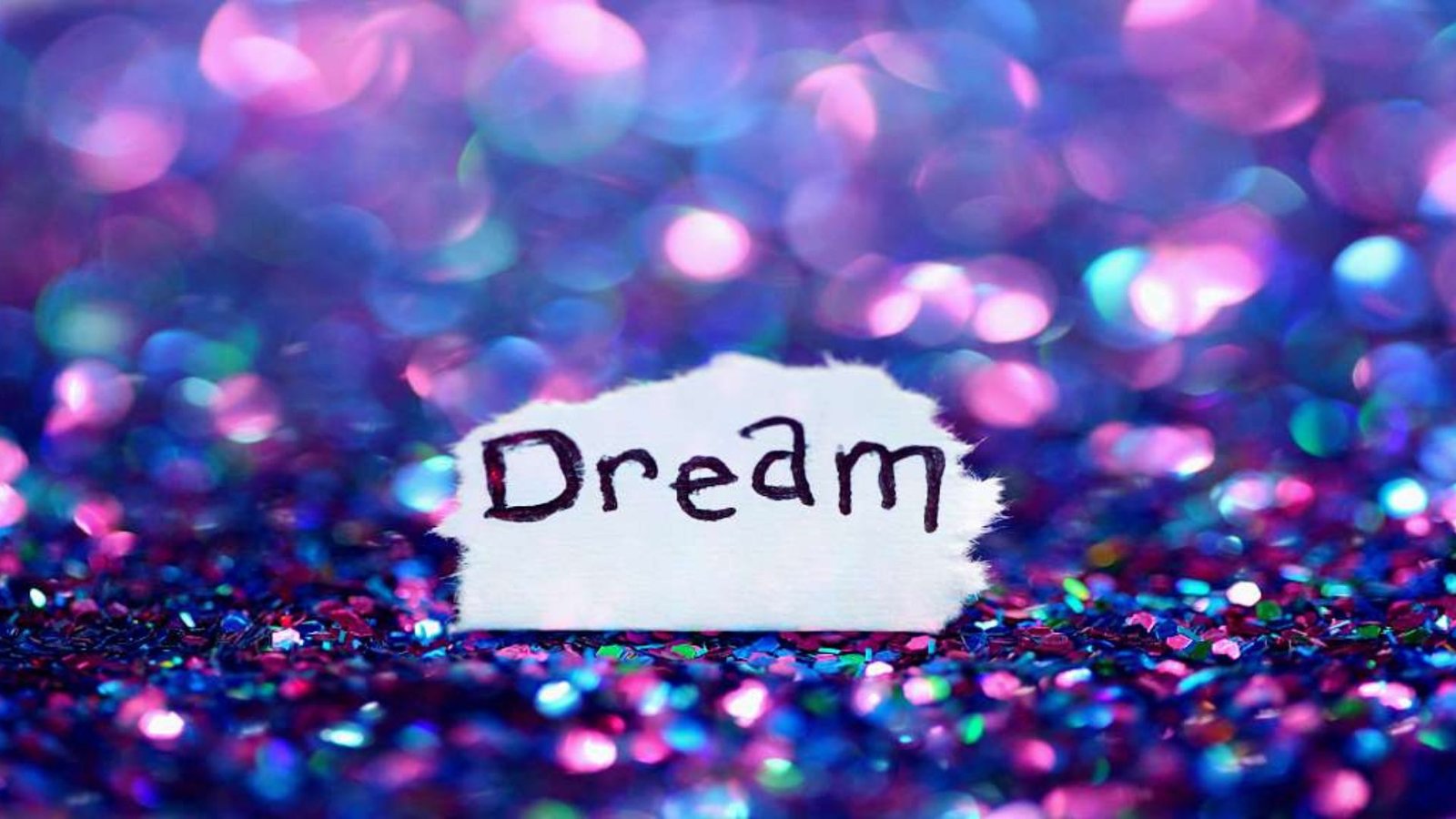Dream yoga techniques have emerged as a fascinating approach to harnessing the power of dreams for spiritual growth and self-discovery. Rooted in Tibetan Buddhism, dream yoga encourages practitioners to cultivate awareness and mindfulness within the dream state. By learning and applying specific techniques, individuals can deepen their understanding of consciousness and enhance their spiritual journey. In this article, we will explore some of the best dream yoga techniques to enrich your practice.
Setting Intentions Before Sleep
One of the most crucial dream yoga techniques is setting clear intentions before falling asleep. This practice involves reflecting on what you wish to achieve during your dream state. Whether you seek to gain insights into personal issues, explore your subconscious, or simply enhance dream recall, establishing a strong intention can significantly influence your dream experience. Take a moment each night to focus on your goals and visualize them as you drift off to sleep.

Practicing Mindfulness
Mindfulness plays a pivotal role in dream yoga techniques. By cultivating mindfulness during waking hours, you can train your mind to recognize the dream state when it occurs. Engage in mindfulness practices such as meditation or mindful breathing throughout the day. This heightened awareness will carry over into your dreams, making it easier to recognize when you are dreaming. As you become more adept at recognizing dreams, you can explore them with greater clarity and intention.
Reality Checks
Incorporating reality checks is another effective dream yoga technique. These checks involve questioning your reality at various points throughout the day to determine whether you are awake or dreaming. Common reality checks include looking at your hands, trying to push a finger through your palm, or reading text and looking away before reading it again. By regularly performing these checks, you condition your mind to question reality, which can trigger lucidity during your dreams.
Dream Recall Practices
Improving dream recall is essential for effective dream yoga practice. One effective technique is to keep a dream journal beside your bed. Upon waking, immediately jot down any details you remember from your dreams. This practice enhances memory retention and helps you identify patterns or recurring themes in your dreams. Over time, improved dream recall will provide you with valuable material for further exploration and analysis.
Lucid Dreaming Techniques
Lucid dreaming is an integral aspect of dream yoga techniques, allowing practitioners to consciously navigate their dream environments. To induce lucidity, you can practice techniques such as Wake-Back-to-Bed (WBTB) or Mnemonic Induction of Lucid Dreams (MILD). WBTB involves waking up after several hours of sleep, staying awake briefly, and then returning to bed with the intention of becoming aware within your dreams. MILD focuses on repeating a mantra or affirmation as you fall asleep, reinforcing your intention to become lucid.
Engaging with Dream Content
Once you achieve lucidity, engaging with the dream content is vital. Dream yoga encourages you to explore and interact with your dreams consciously. Ask questions, confront fears, or seek guidance from dream characters. This active engagement not only enhances your understanding of your subconscious mind but also promotes personal growth and healing.
Conclusion
Dream yoga techniques offer a unique pathway to self-discovery and spiritual exploration. By incorporating practices such as intention setting, mindfulness, reality checks, dream recall, and lucid dreaming techniques, you can deepen your understanding of your inner self and enhance your dream experiences. Embracing these techniques fosters greater awareness and insight, ultimately enriching your spiritual journey and daily life.




